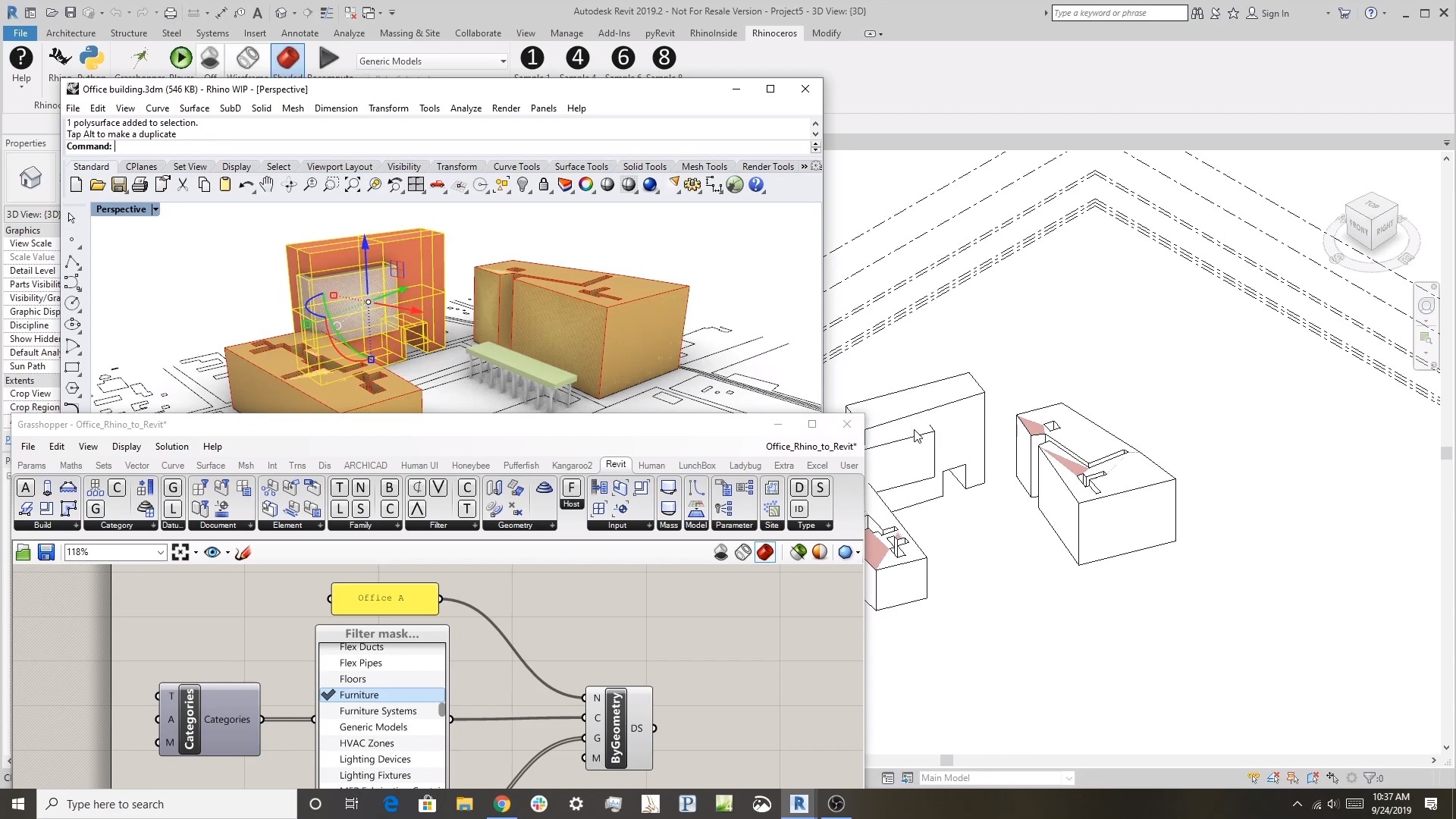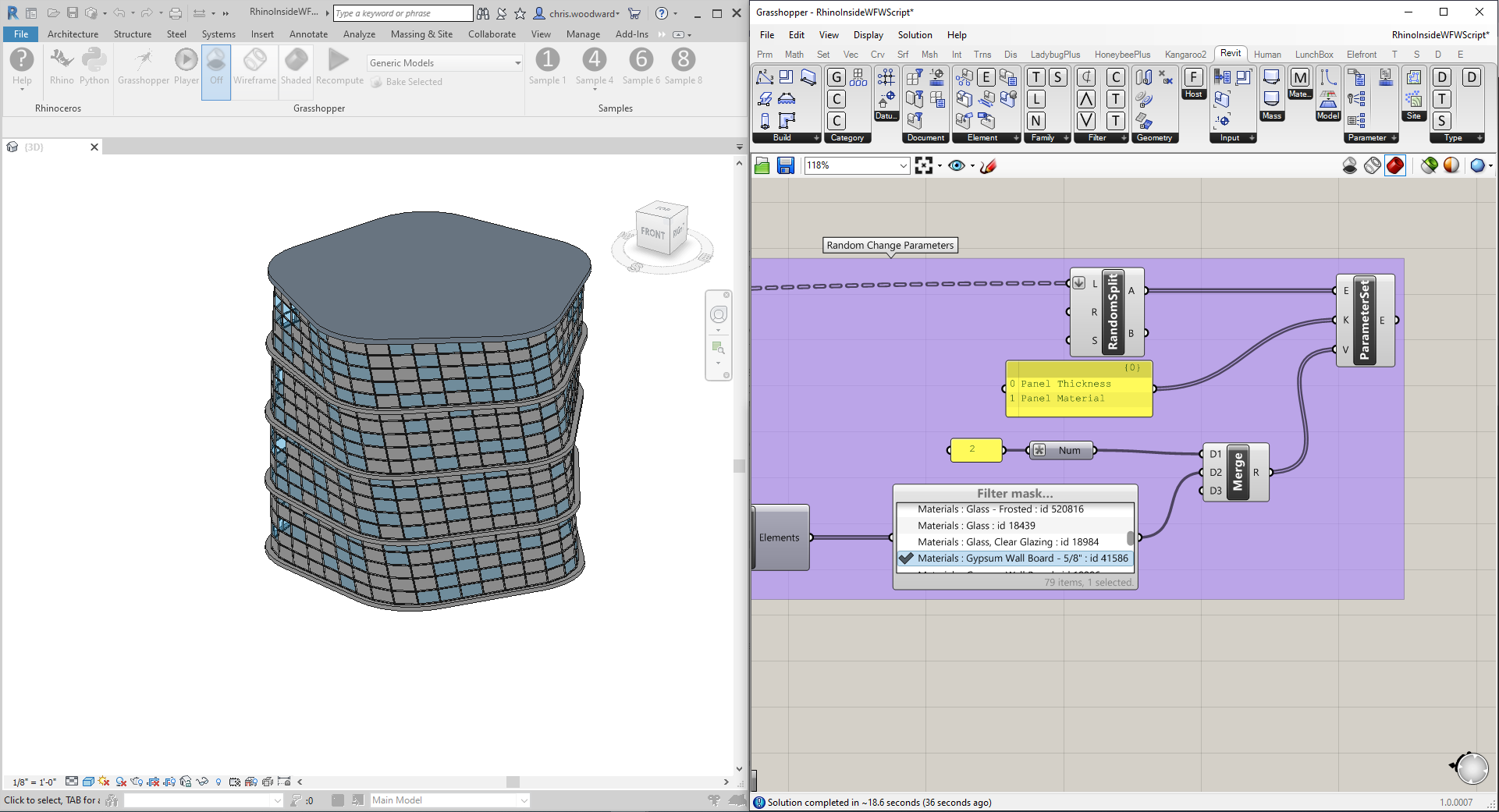

“ The project had two stages: competition and design. Information taken from the article Creating a “Water Cube” from Posted in Reference | Tagged architecture, curtain wall, family, Project, revit, rhino, scripting | Leave a Comment » Kyttänen fabricated this fruit bowl, inspired by the formation and structures of soap bubbles, from resin mixed with sand, proving that even when employing the most advanced technique and an innovative form, a conventional material can restore a balance between novelty and tradition. In Italian and Spanish, macedonia means fruit salad. With 3-D printing, digital images materialize into objects by being transferred seamlessly to machines that use lasers to solidify resins, in powder or liquid forms, layer by layer.įreedom Of Creation (The Netherlands, est. It can be seen in our natural environment in the formation of bubbles, living cells, and water molecules.”Īmanda Levete used rapid manufacturing, also called rapid prototyping or 3-D printing, for the design of the FS Bowl. The designers explain that “the construction is based on the principle of self-similarity, translating a biological construction from the nanoscale to the macro scale. They finally opted for a dodecahedron weave of twelve small circles made of one-millimeter fiberglass rods around which plants would grow and creep. In their attempt to create a modular building system based on structures found in nature, the designers looked at several geometries, such as Penrose tiles (pairs of shapes that tile the plane only aperiodically) and Synetic structures (airy, lacelike basketries of thin arcs patterned in curvilinear triangulation). 1974)īiowall is a woven scaffold that becomes a partition wall when colonized by living plants.


“The weave is a crossing pattern, a ‘soft’ structure of loops and knots wherein the shape of the construction is determined less by the properties of the materials themselves than by the pattern through which two sets of materials interact.” “These sketches use a parametric equation to organize a series of sine and cosine curves in space,” explain designers Benjamin Aranda and Chris Lasch. Where weight is carried by an objects skin instead of an internal structureīenjamin Aranda (American, b. Video Intro on TED by the curator (Paola Antonelli) for the ExhibitionĪlgorithms were used to derive these forms MOMA Exhibition : Design and the Elastic Mind


 0 kommentar(er)
0 kommentar(er)
